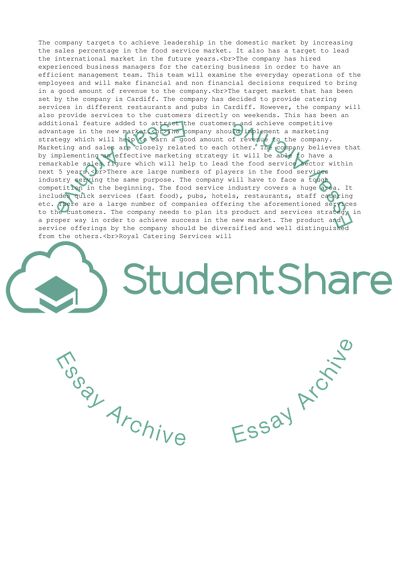Cite this document
(Business plan Essay Example | Topics and Well Written Essays - 3500 words - 1, n.d.)
Business plan Essay Example | Topics and Well Written Essays - 3500 words - 1. https://studentshare.org/business/1799828-business-plan
Business plan Essay Example | Topics and Well Written Essays - 3500 words - 1. https://studentshare.org/business/1799828-business-plan
(Business Plan Essay Example | Topics and Well Written Essays - 3500 Words - 1)
Business Plan Essay Example | Topics and Well Written Essays - 3500 Words - 1. https://studentshare.org/business/1799828-business-plan.
Business Plan Essay Example | Topics and Well Written Essays - 3500 Words - 1. https://studentshare.org/business/1799828-business-plan.
“Business Plan Essay Example | Topics and Well Written Essays - 3500 Words - 1”. https://studentshare.org/business/1799828-business-plan.


